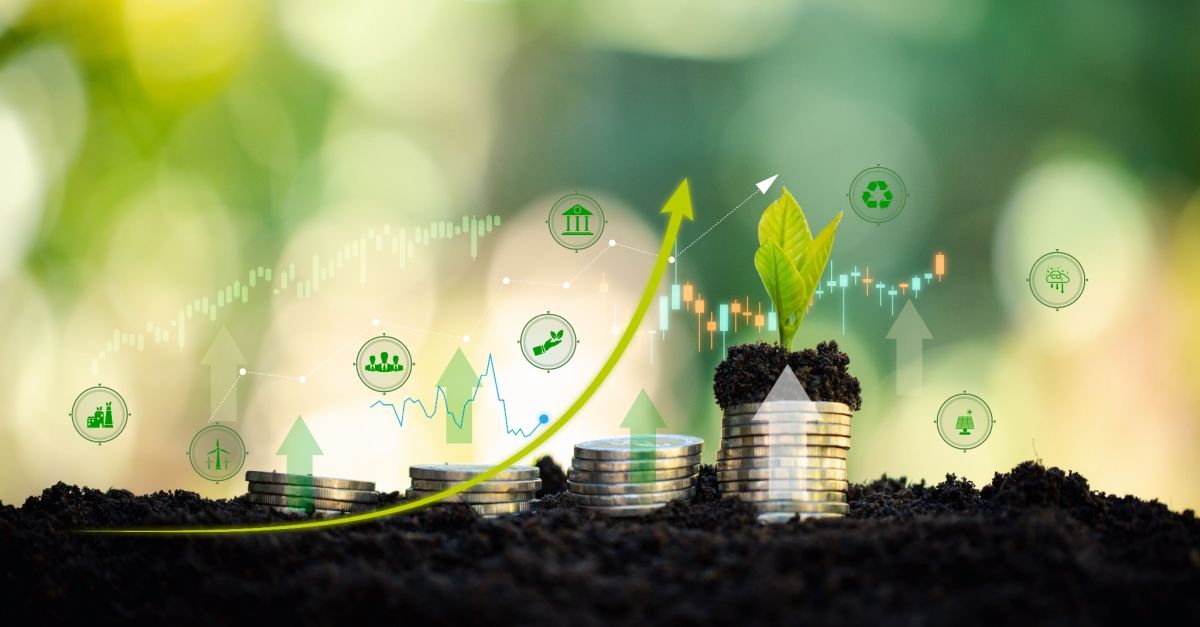
Carbon Accounting in 2025: Problem and Solution
As more and more countries and regional jurisdictions get serious about climate change, organizations need to develop and implement more innovative ways to promote sustainability, both internally and with their customers.
What does promoting sustainability look like? Sustainability means adopting initiatives that benefit the environment and seek to improve society at large. It can also mean deploying measures and taking actions operationally to respond to regulations calling for stricter greenhouse gas emission reductions.
In order for companies to track how they’re meeting their sustainability targets and coming into compliance with GHG emissions regulations, adopting a strong carbon accounting regimen is critical. Accurate carbon accounting is integral for meeting regulatory requirements, achieving corporate sustainability goals, and maintaining competitiveness in global markets.
Developing a robust carbon accounting regimen to tackle climate change requires innovative, technology-driven solutions. We’ll explain how.
Carbon Accounting Faces Key Problems: Accuracy and Accountability
As we’ve explained in a past blog, carbon accounting is the practice of adopting procedures to measure and report GHG emissions. Carbon accounting enables companies to show regulators, clients, and customers via data-informed narratives the achievements they’ve made in reducing carbon emissions.
But carbon accounting can do so much more than providing the backbone narrative to regulators and shareholders about the ways a company is reducing GHG emissions. Carbon accounting also allows companies to gauge how successful their efforts are in meeting internal sustainability targets.
One way that carbon accounting helps realize a company’s sustainability goals is through ensuring accuracy. A robust carbon accounting regimen enables companies to tackle the complex world of Scope 3 emissions, or the indirect emissions in a company’s value chain. Scope 3 emissions often account for the largest share of a company’s footprint, and yet they can be difficult for companies to calculate. That’s because companies have limited access to accurate data from suppliers and partners, and companies also face inconsistencies in reporting standards across industries and groups.
Another way that carbon accounting helps is by ensuring accountability. Right now, companies face fragmented data sources, meaning that some of the emissions data they receive may be siloed across multiple systems. This can lead to inaccuracies and continued inefficiency if no efforts have been made toward data harmonization and integration to create a clear emissions picture.
Keeping companies accountable with their supply chain emissions reduction is important because businesses can face penalties for noncompliance or greenwashing. What’s more, new carbon-related regulations demand real-time, verifiable emissions data, and so any adopted carbon accounting regime needs to have that key element as well.
Innovation: The Solution to Carbon Accounting in 2025
Developing a robust carbon accounting regimen calls for a few key elements. Let’s define what they are.
First off, a solid carbon accounting scheme utilizes real-time carbon data integration. APIs are used to aggregate real-time emissions data from diverse sources. The data is then integrated with existing platforms for seamless tracking and reporting. An example of this in action is Searoutes’ CO2 API, which enables real-time carbon data collection across global supply chains. Using this API also provides companies with visibility into optimal routes based on emissions level.
Second of all, a good carbon accounting regimen incorporates a standardized emissions framework. Companies might opt to adopt the use of global frameworks such as the Global Logistics Emissions Council, or GLEC, for consistent measurement and reporting. Using a standardized emissions framework results in easier benchmarking across industries, and it facilitates transparent and credible reporting for stakeholders.
As we just alluded to, technological tools such as APIs also provide carbon accounting regimens with visibility into a company’s supply chain emissions and are an invaluable key component. Tools like Searoutes’ APIs simplify emissions tracking and reporting. In addition to our CO2 API that we mentioned above, we also have a Routing API, which allows you to compare potential routes’ arrival times, fuel consumption rates, and estimated emissions output, as well as a Vessel API, which enables groups to gain visibility into vessels’ emissions profiles based historical and real-time AIS data.
Lastly, an effective carbon accounting program integrates successfully with a company’s logistics platforms. This means incorporating carbon accounting into an organization’s route optimization and supply chain management tools. This might look like, for example, having an ability to make real-time adjustments based on emissions insights to optimize sustainability goals.
Carbon Accounting for the Win
The logistics sector plays a pivotal role in combating climate change, with supply chains accounting for a significant portion of global CO2 emissions. Reducing emissions at the source requires a data-driven approach, starting with actionable carbon accounting to measure and analyze emissions effectively.
Searoutes’ solutions empower organizations to develop solid carbon accounting schemes through technological tools that enable data-driven solutions to reduce emissions and advance companies’ sustainability efforts.
Contact Searoutes today to learn more about how we can help you build or maintain a good carbon accounting regimen.